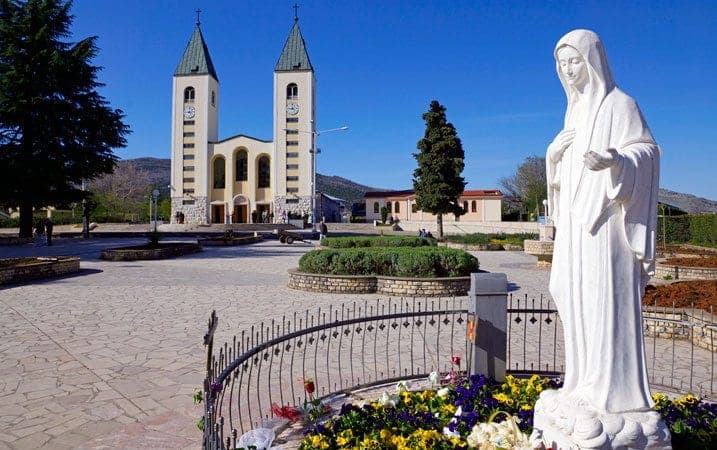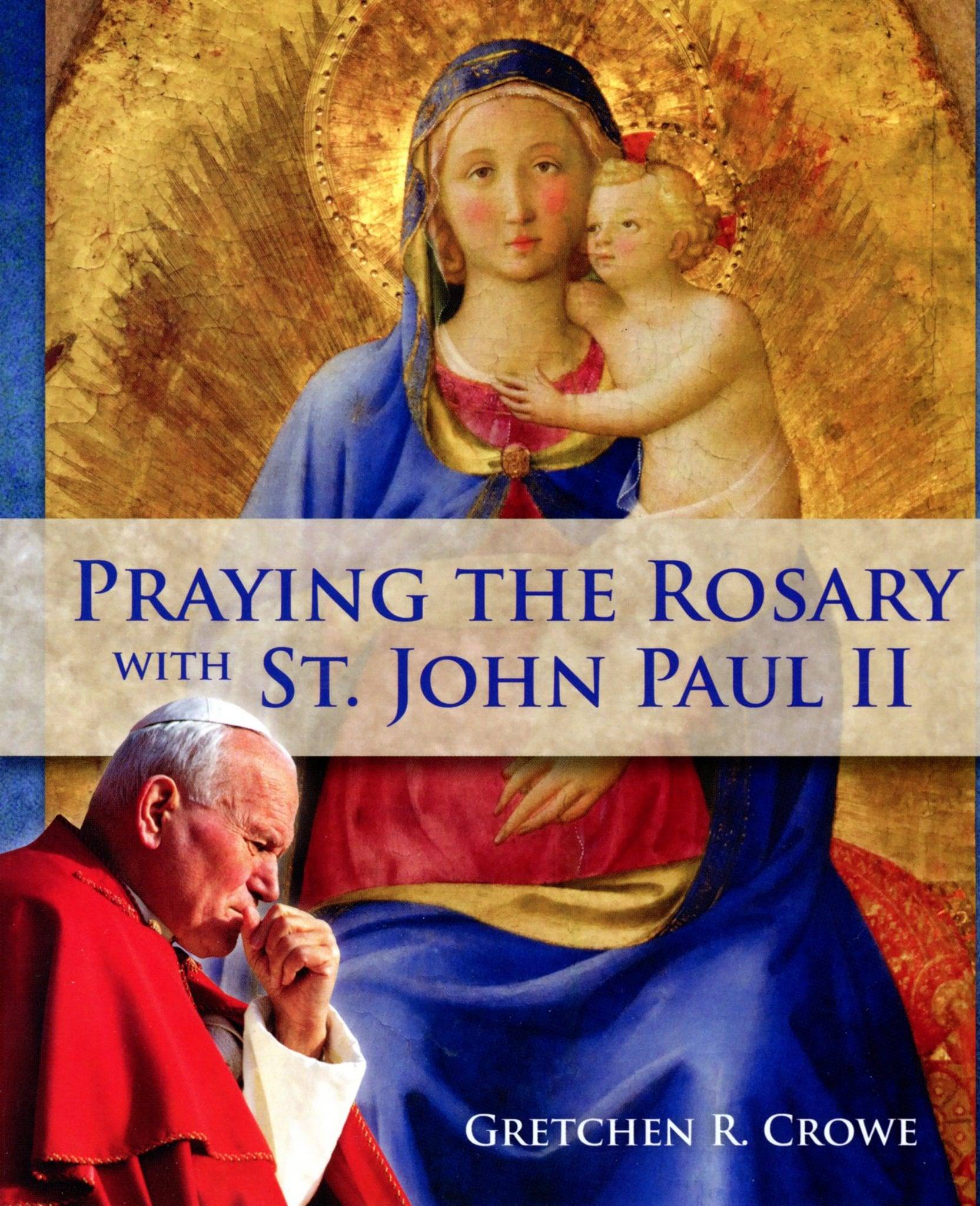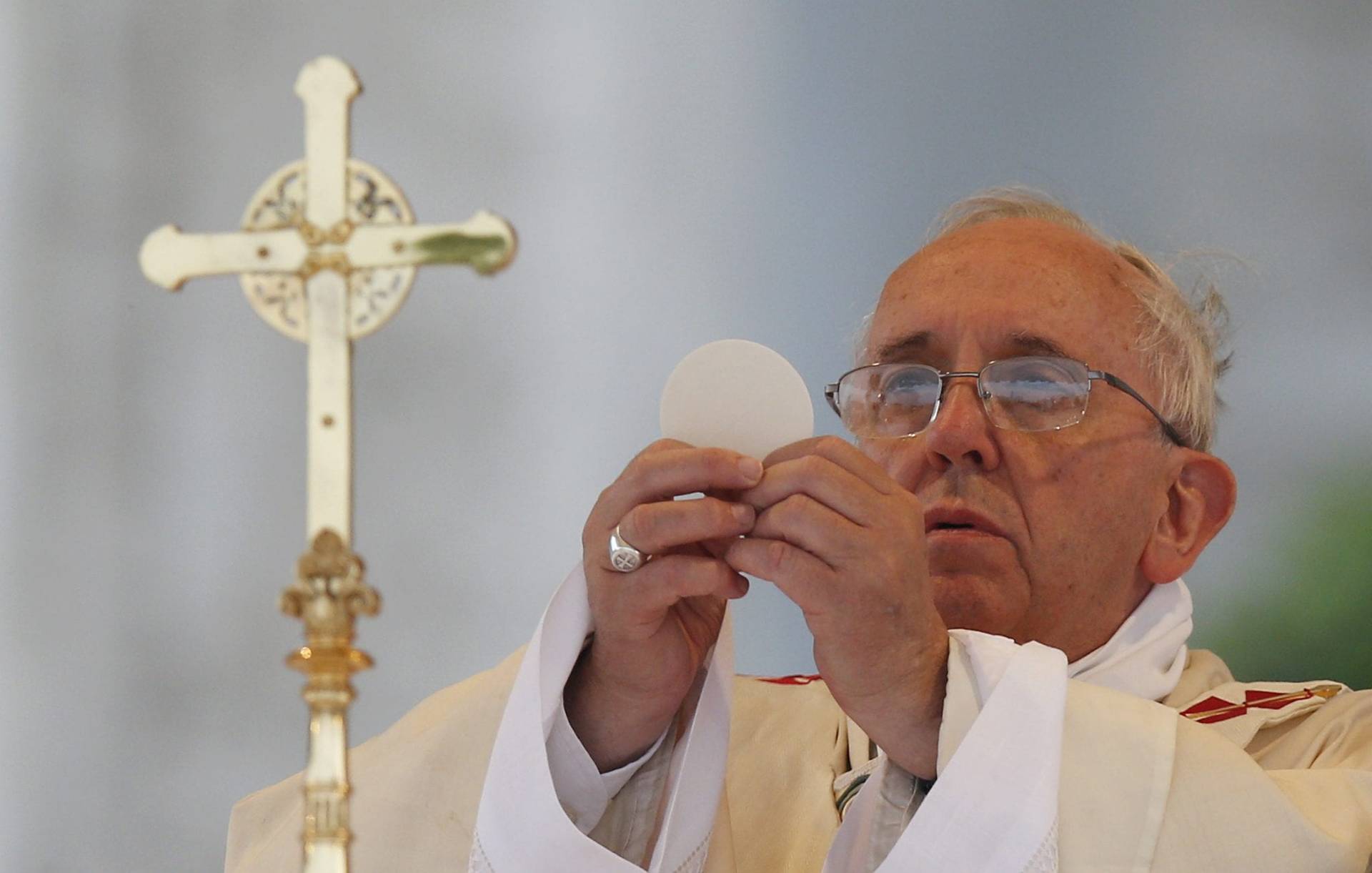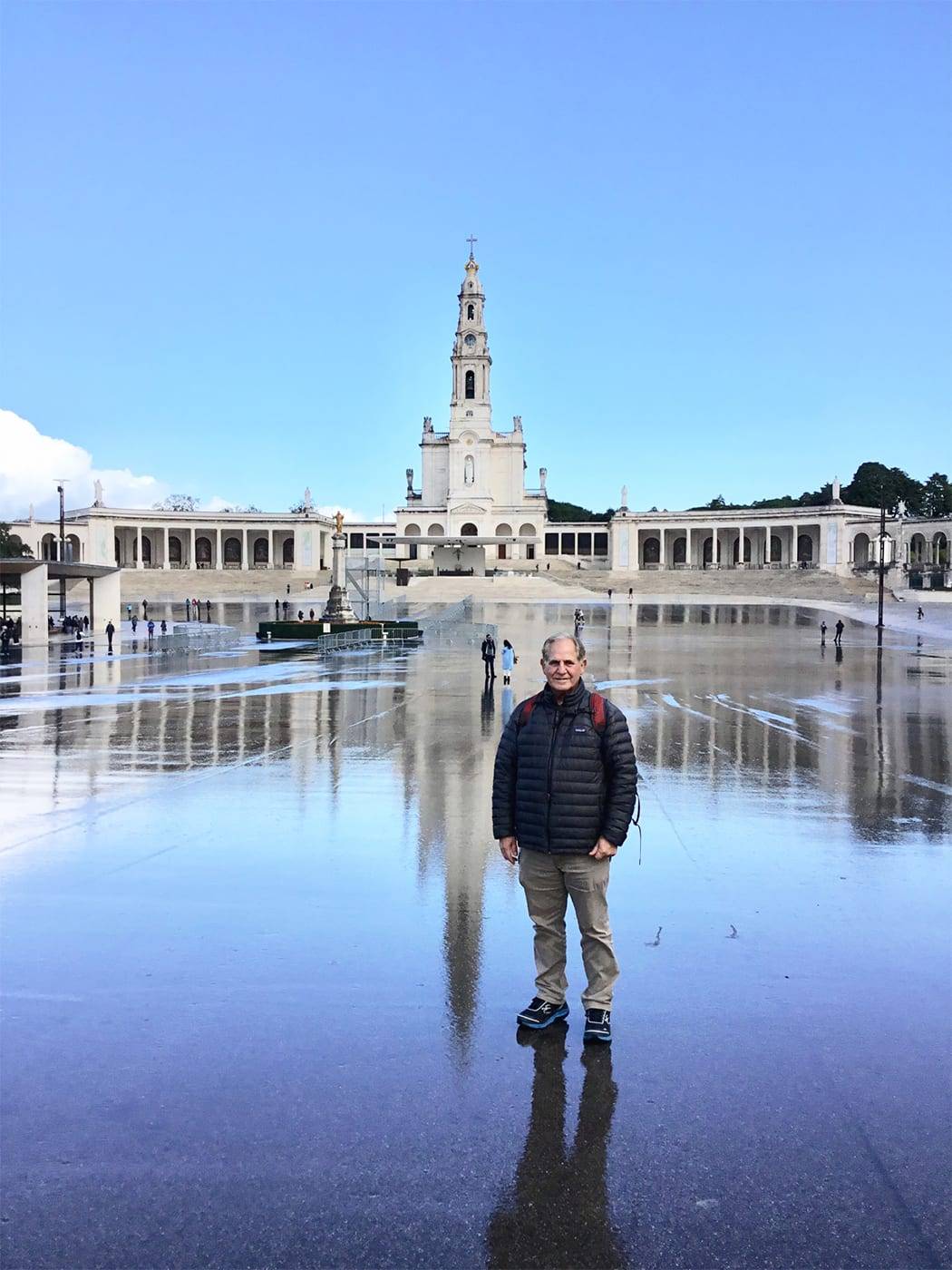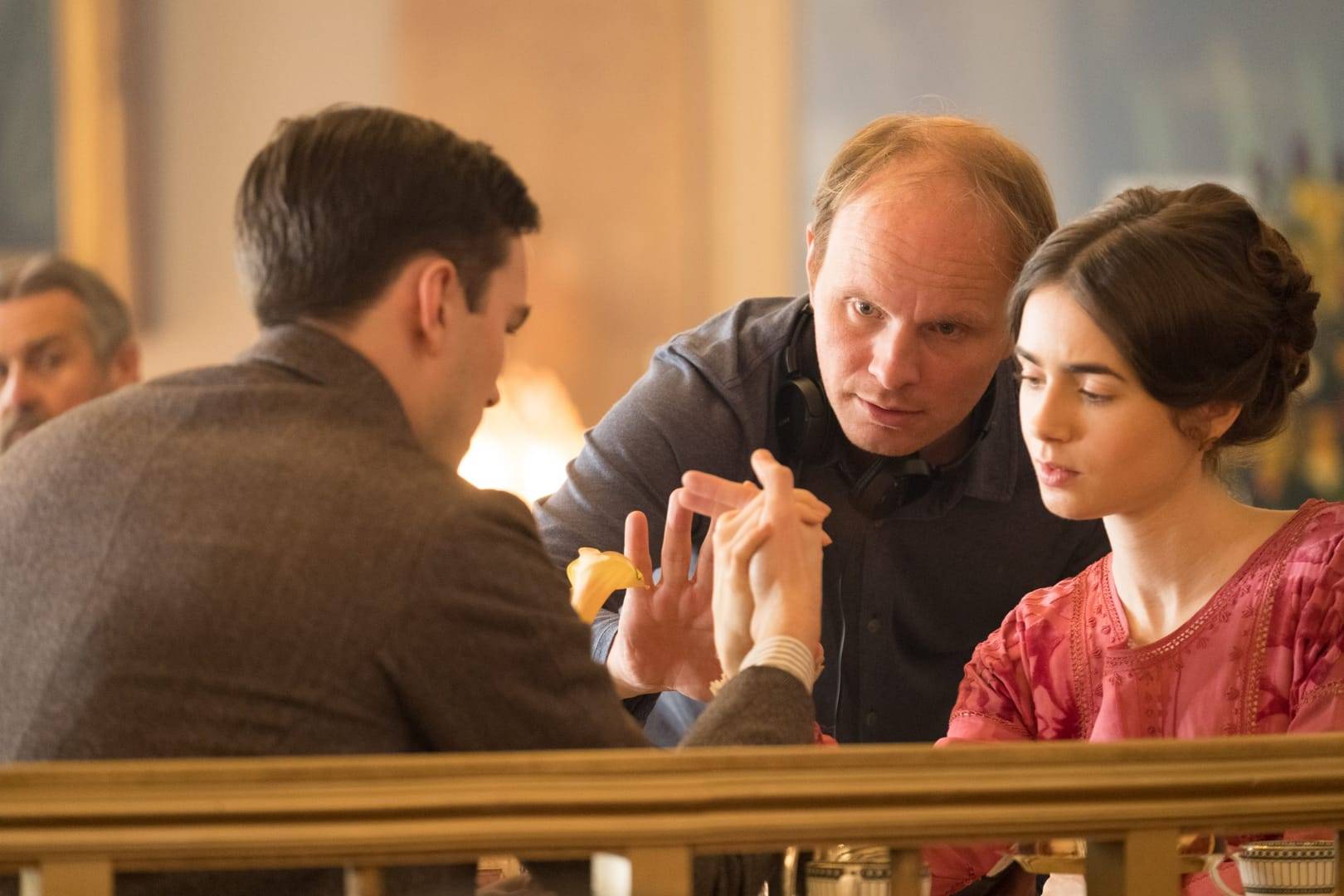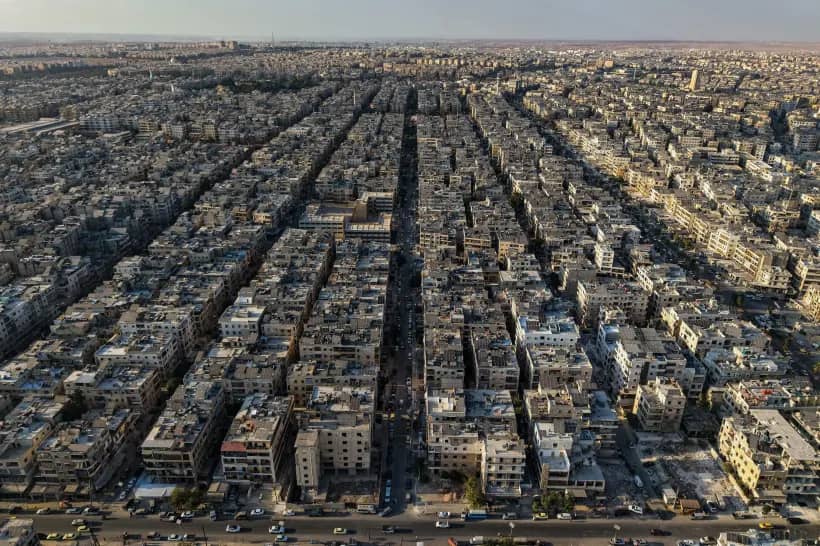In the early 1980s, six children in the Yugoslavian town of Medjugorje reported seeing visions of the Virgin Mary. Since that time, millions of people have made the pilgrimage to Medjugorje and countless others still follow messages attributed to the Virgin Mary that are revealed by the original seers.
This summer, the Congregation for the Doctrine of the Faith (CDF) completed its investigation of the apparitions at Medjugorje and submitted its findings to Pope Francis. While rumors have long swirled that the report on Medjugorje will be negative, no one — to my knowledge — has gone on record confirming a negative judgment.
And so a full accounting will have to wait until the CDF report is made public.
The story of Medjugorje is complex and complicated. It involves not only claims of supernatural occurrences, but also Catholic infighting and allegations of scandal. Celebrations of miracles exist alongside suspicions of fraud, and the continuing popularity of Medjugorje has raised difficult spiritual and administrative questions for three different popes.
But why does Medjugorje matter?
If you ask different Catholics, you will get wildly different answers.
* * * * *
The story of Medjugorje begins on June 24 and 25, 1981. Medjugorje is a town near the city of Mostar, in Bosnia-Herzegovina, which was then part of the Yugoslavian Federation. Six children, Ivanka Ivanković, Mirjana Dragićević, Vicka Ivanković, Ivan Dragićević, Marija Pavlović, and Jakov Colo reported seeing apparitions of the Blessed Virgin Mary. The visions continued for 53 straight days, and by the first week, Medjugorje had become a pilgrimage site for thousands. The seers described the Virgin Mary as standing on a cloud, having a crown of 12 stars, with a curl of black hair showing from behind her veil.
The communications from Mary supposedly are still coming, and the information conveyed to the seers is divided into two general categories: messages that address themes of peace, faith, conversion, prayer, and fasting; and secrets, 10 in number, that will be revealed and come to pass after the Virgin Mary no longer appears. Three of the six visionaries have already received all 10 secrets, and the other three have received nine.
The phenomenon has shown little signs of abating. Mary appears to Mirjana, Jakov, and Ivanka once a year. The other three — Mirija, Vicka, and Ivan — see the Virgin Mary daily at 6:40 pm. The apparitions occur not only at Medjugorje, but also wherever the seers are present. Ivan, for example, is well known for having his daily apparitions in public at churches and conferences. Films of some of these apparitions, in which the Virgin Mary appears only to the seers, are available on YouTube.
* * * * *
From the very beginning, Medjugorje attracted not only devotional fervor, but also skepticism. The bishop of Mostar, Pavao Žanić, initially seemed to affirm the credibility of the visions, but eventually condemned them in a 1986 letter to Cardinal Joseph Ratzinger, then prefect of the CDF. Žanić’s successor, Bishop Ratko Peric, was also suspicious and placed a number of restrictions on what could or could not be said about the apparitions, including that the seers could not have their apparitions on Church property.
The apparitions also came during a time of very real tension between factions within the Yugoslav Catholic Church. For centuries, Bosnia-Herzogozina had been under the jurisdiction of the Franciscan order. However, beginning in the late 1800s, jurisdiction was passed to diocesan clergy. The Franciscans resisted these changes for nearly a hundred years, in spite of papal intervention in 1975, which attempted to settle the continuing dispute. Medjugorje was still in Franciscan hands at the time of the apparitions, leading some to speculate that the seers where being manipulated by Franciscans in their ongoing struggle with the diocese of Mostar.
Perhaps most damaging for the reputation of the Medjugorje movement was the investigation of Tomislav Vlašić, one the spiritual advisors to the seers. The Rev. Vlašić was investigated by the CDF “for the diffusion of dubious doctrine, manipulation of consciences, suspected mysticism, disobedience towards legitimately issued orders,” although these charges did not involve his actions at Medjugorje specifically. Vlašić was still under investigation when he requested, and was given, laicization in 2009.
In 1991, the Yugoslav Conference of Catholic bishops delivered its own verdict on the apparitions at Medjugorje: “On the basis of investigations so far it cannot be affirmed that one is dealing supernatural apparitions and revelations.” But the conference followed this statement with recognition that the pilgrims who travel to Medjugorje needed the pastoral care of the diocesan bishop.
And so Medjugorgje today remains very much an active pilgrimage site.
Medjugorje has been visited by millions, and there are claims of healings and miraculous personal transformations. With the seers still active and messages continuing to be revealed, Medjugorje is now a worldwide movement encompassing thousands of prayer groups in North America and Europe.
* * * * *
Upon his election to the papacy, Benedict XVI authorized two investigations: the first was to delve into allegations against Marciel Maciel, the founder of the Legionaries of Christ; the second was to examine the Medjugorje phenomenon.
A template for such an investigation into Marian apparitions is provided in the 1978 CDF document, “Norms Regarding the Manner of Proceeding in the Discernment of Presumed Apparitions or Revelations.” This document, which was made publicly available in 2011, lists the following as “positive criteria” for evaluating an apparition: “personal qualities of the subjects, true doctrine immune from error, healthy devotion, and abundant and constant spiritual fruit.” “Negative criteria” are these: “errors concerning fact, doctrinal errors attributed to God or Blessed Virgin Mary; search for profit or gain; gravely immoral acts committed by the subject or his/her followers, psychological disorder.”
In 2013, while the CDF investigation into Medjugorje was underway, the Vatican’s Apostolic Nuncio (ambassador) to the United States wrote to the general secretary of the US Conference of Catholic Bishops that “clerics and the faithful are not permitted to participate in meetings, conferences, or public celebrations during which the credibility of such apparitions would be taken for granted.” This led to the cancellation of some appearances by one of the seers, Ivan Dragićević, though supporters of Medjugorje argue that a disclaimer, including phrases as “the Church does not have to approve the apparitions,” would be sufficient to allow apparitions to be held on Church property.
Today, everyone is still trying to read the Medjugorje signs and awaits the public release of the findings of the CDF investigation.
Pope John Paul II seemed to be an implicit supporter of Medjugorje and certainly did nothing to dampen enthusiasm surrounding the reported apparitions. On the other hand, Cardinal Ratzinger, later Pope Benedict XVI, was always rumored to be deeply concerned about Medjugorje. For his part, Pope Francis has said that Our Lady “is not a postmistress, sending messages every day.” Nonetheless, both Pope emeritus Benedict XVI and Pope Francis have very strong Marian devotions. And recently, Pope Francis was reported as having sent a rosary to one of the Medjugorje seers.
It’s an open question as to what the CDF report will say, exactly; it’s another open question as to how Pope Francis will act.
* * * * *
But why does Medjugorje matter?
For some Catholics, Medjugorje matters because it represents Catholicism run amok.
It’s interesting that both conservative and liberal Catholics can be found among those who are not convinced by claims that the Blessed Virgin Mary appeared to children in Bosnia-Herzegovina. For some conservatives and liberal Catholics, the whole phenomenon is an embarrassment and feeds the perception that Catholicism is simply superstition and magical thinking.
I know a good number of conservative and liberal Catholics who would disagree about basically everything in the Church nowadays, but would come together to support actions of the Church hierarchy to suppress Medjugorje.
Other Catholics might very well be curious about claims concerning apparitions of the Virgin Mary, but find them not that relevant to their own devotional lives. Apparitions such as Medjugorje belong in the realm of “private revelation,” and as such, do not supplant the unique and final revelation that is Jesus the Christ.
You can pray the rosary without having to take a stand on what is actually happening at Medjugorje.
But for those attracted to Medjugorje, it matters because something particularly important is going on. Some say that it is actually the final visitation of the Blessed Virgin Mary, and that she has essential information to convey to us. While we may ignore her messages at our own peril, it is more important to understand appearances of the Virgin Mary as part of an ongoing, and very much alive and active relationship, she has with all of us as the Mother of God. While there is often a heavy dose of Catholic apocalypticism in movements associated with Marian apparitions, there is also a strong sense that the boundary between heaven and earth is more permeable than we might ordinarily think.
While I have not visited Medjugorje, I certainly know people who have and were transformed by the experience. My research often brings me into contact with such people — people who might otherwise be understood to be on the fringes of Catholicism: faith healers, mystics, visionaries, seemingly ordinary people with extraordinary experiences.
My own thoughts about Medjugorje developed when I attended a prayer service in my hometown of Worcester, Massachusetts. It was a rosary recitation and the centerpiece, placed near the altar, was a seashell — which was quite unmistakably shaped like an image of the Virgin Mary — that rested in soil from Medjugorje.
It was then that I realized that what’s important about Medjugorje is what lies on the periphery of the movement, not what exists as its center.
I am less concerned with the authenticity of the revelations at Medjugorje than I am with their symbolic dynamics and how they have been a point of connection and communion for many Catholics worldwide.
That’s why Medjugorje matters to me.
I do agree with commentators who predict that the CDF report on Medjugorje will be negative, if ‘negative’ is understood to mean that no evidence of supernatural phenomena can be found. But Pope Francis is a pope of those on the margins of Catholic life. And for this reason, I think he will find a way to accommodate and respect the religious sensibilities of those Catholics who insist that Medjugorje matters to them.
